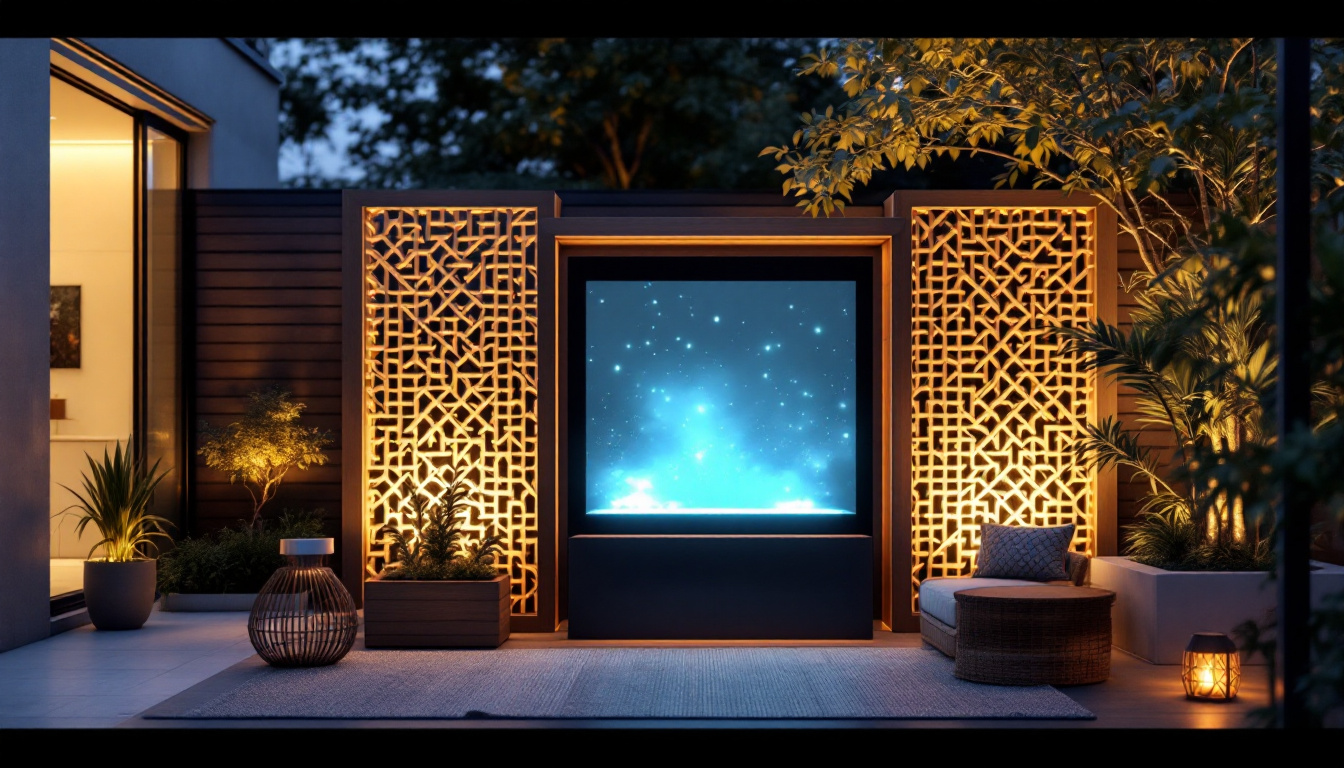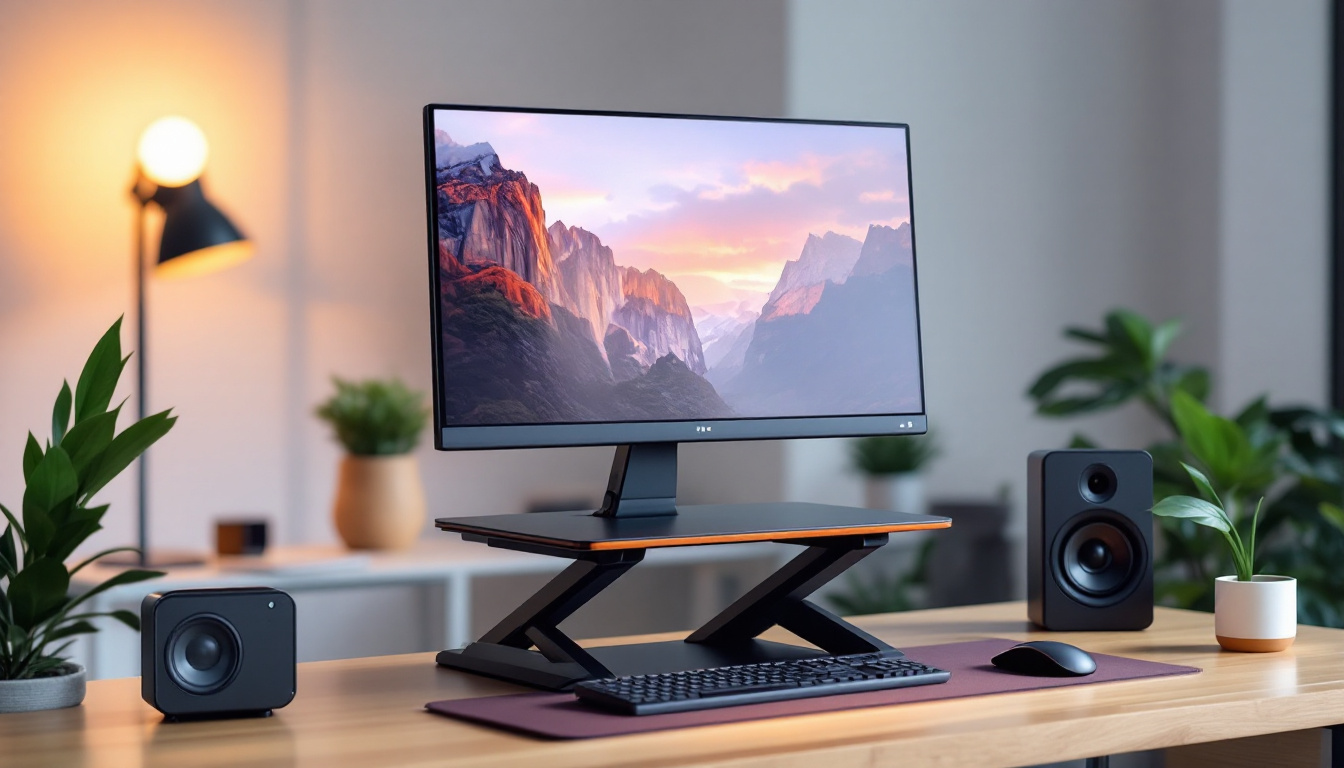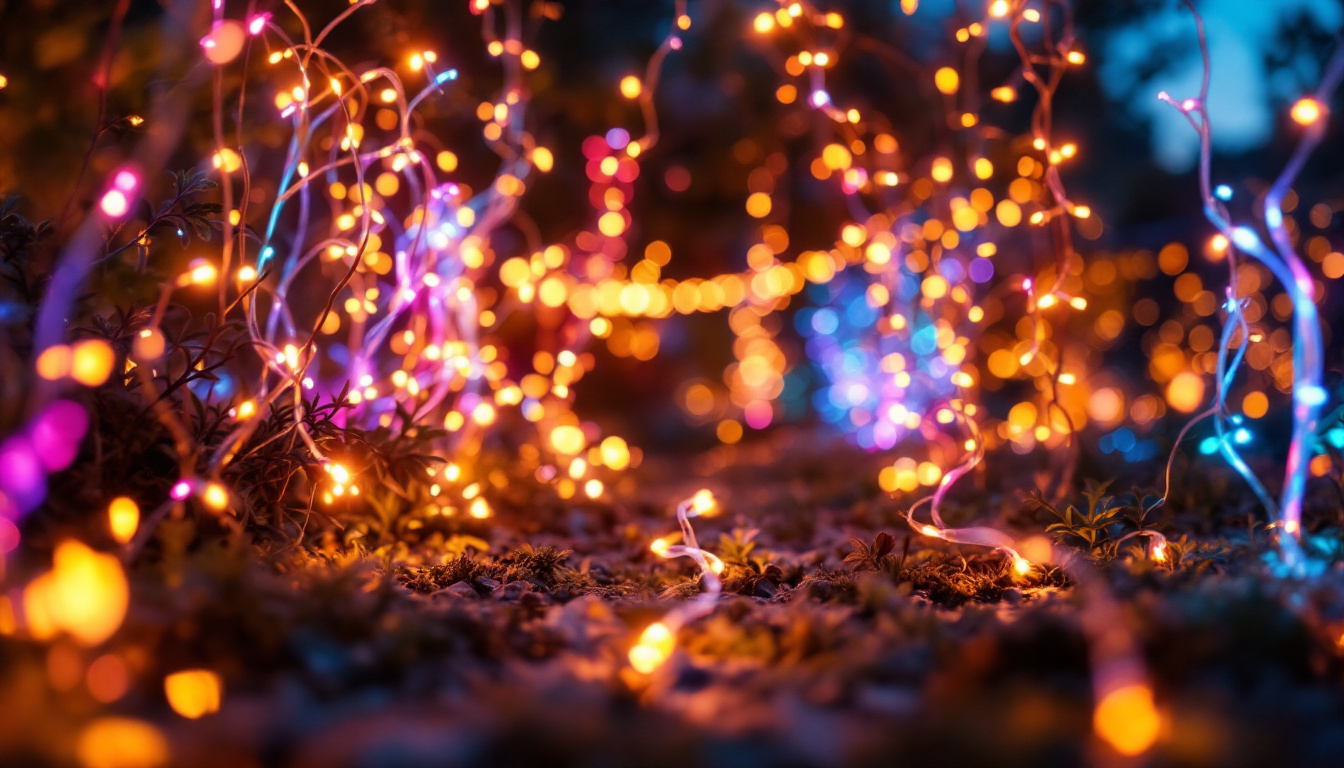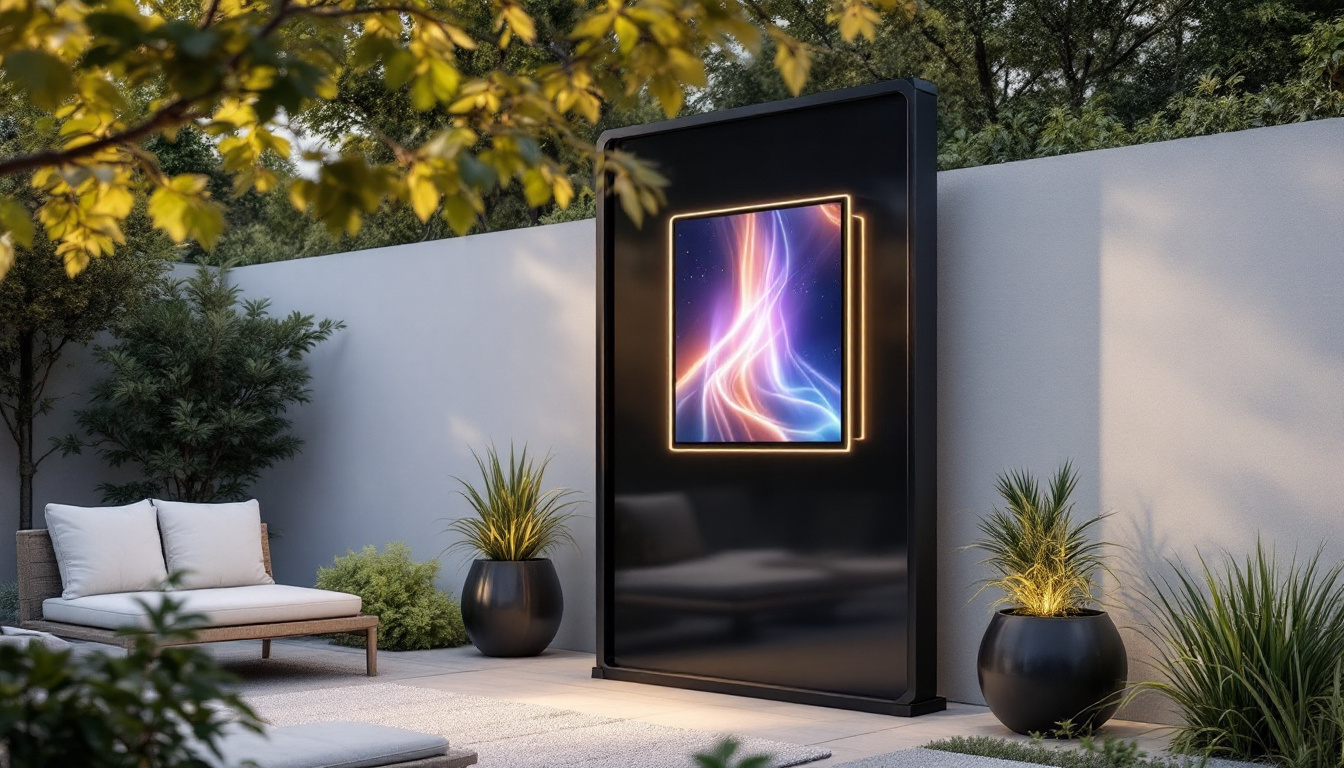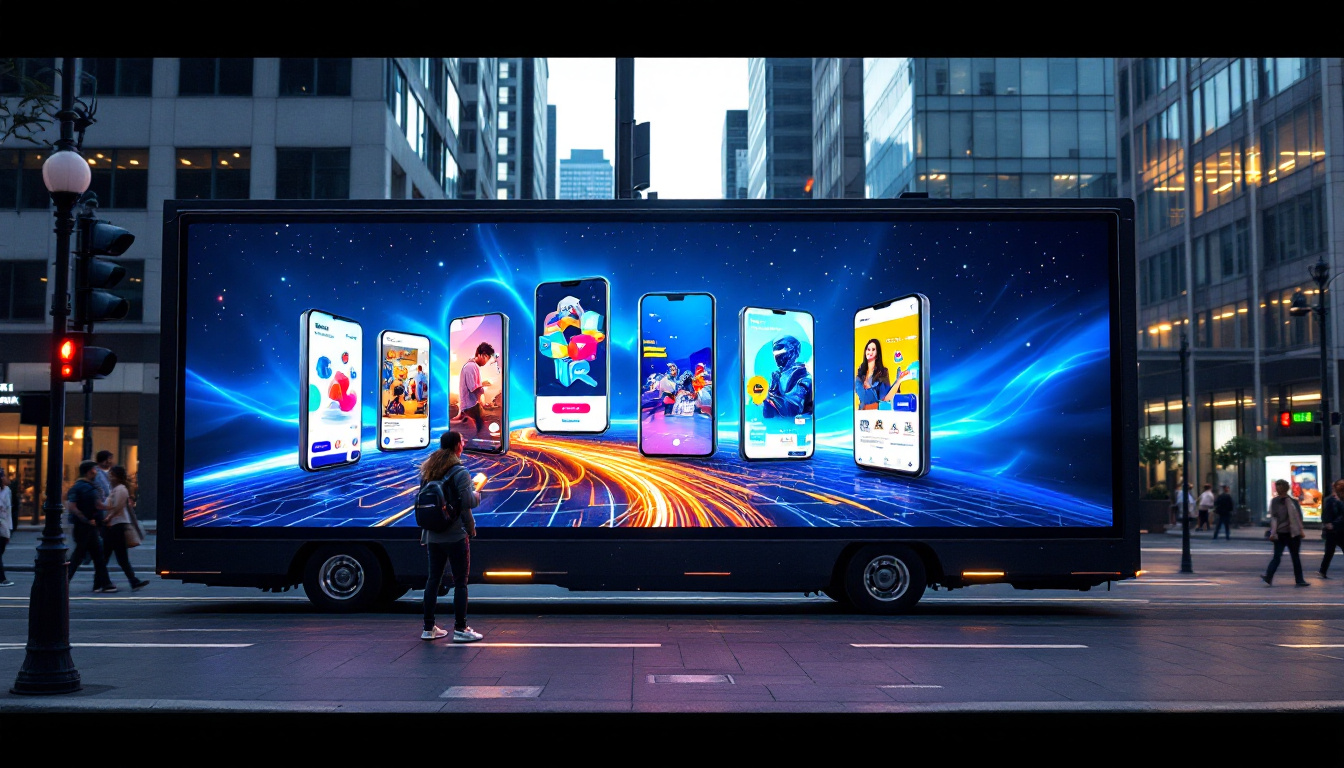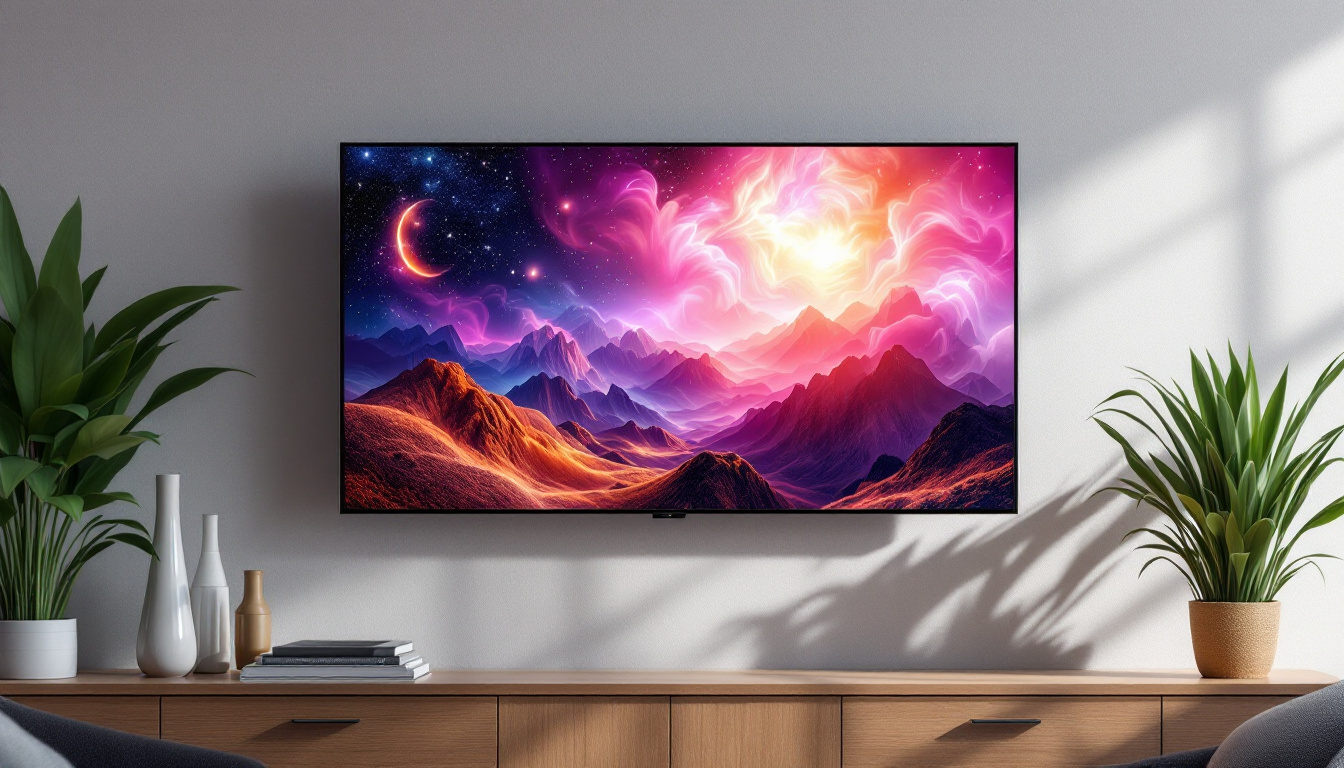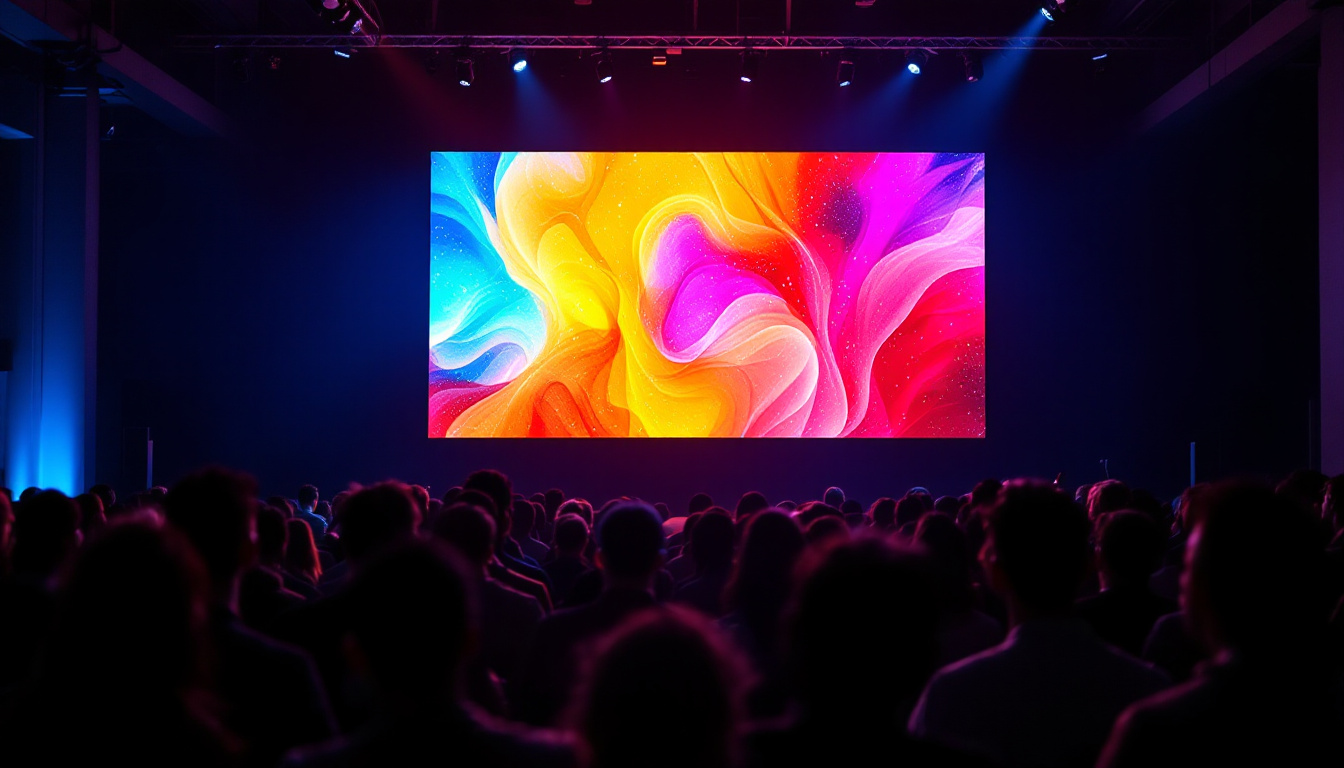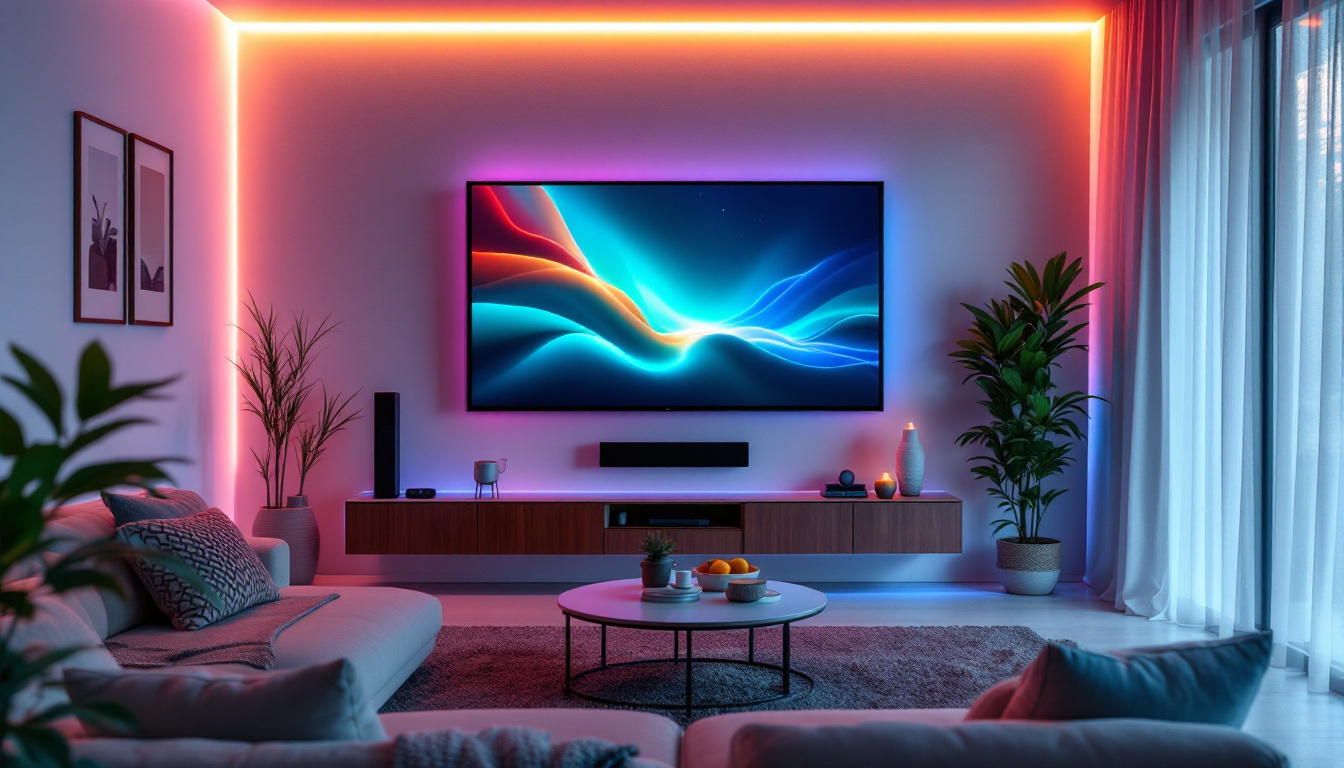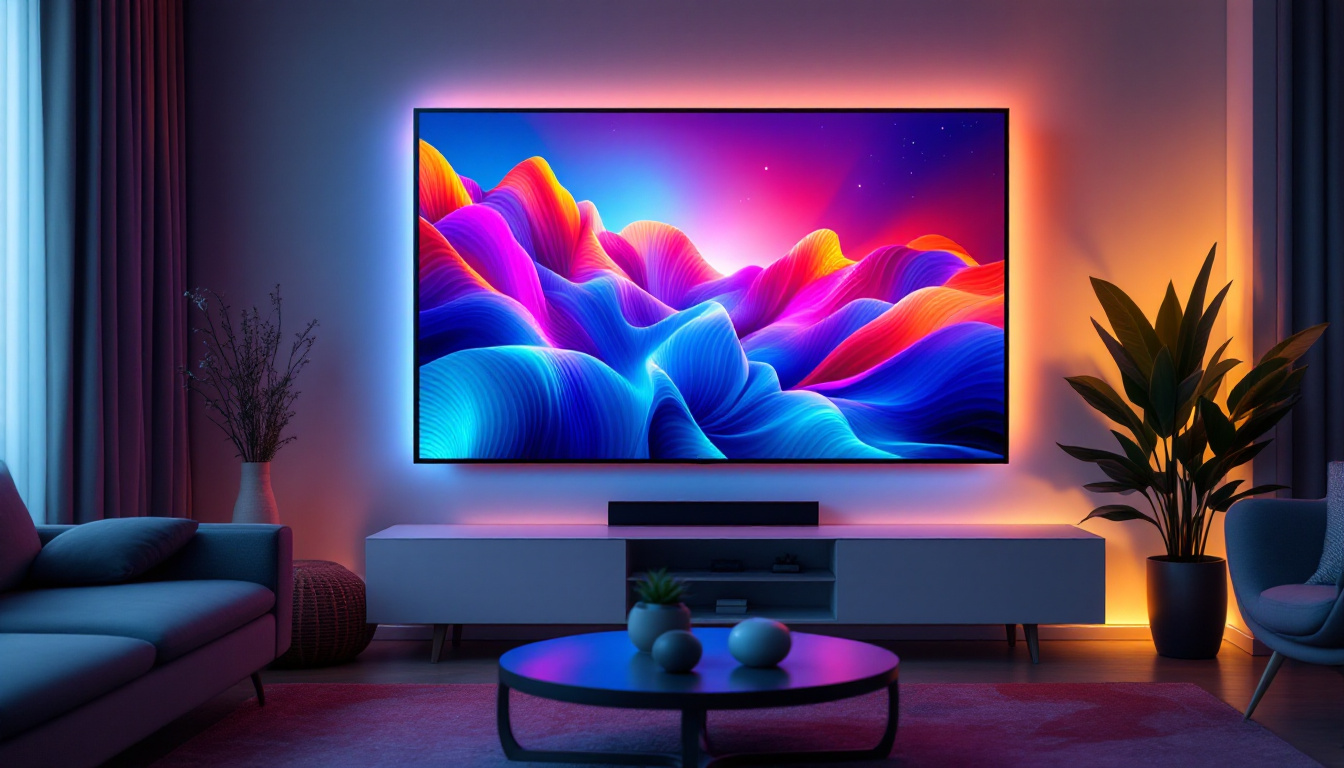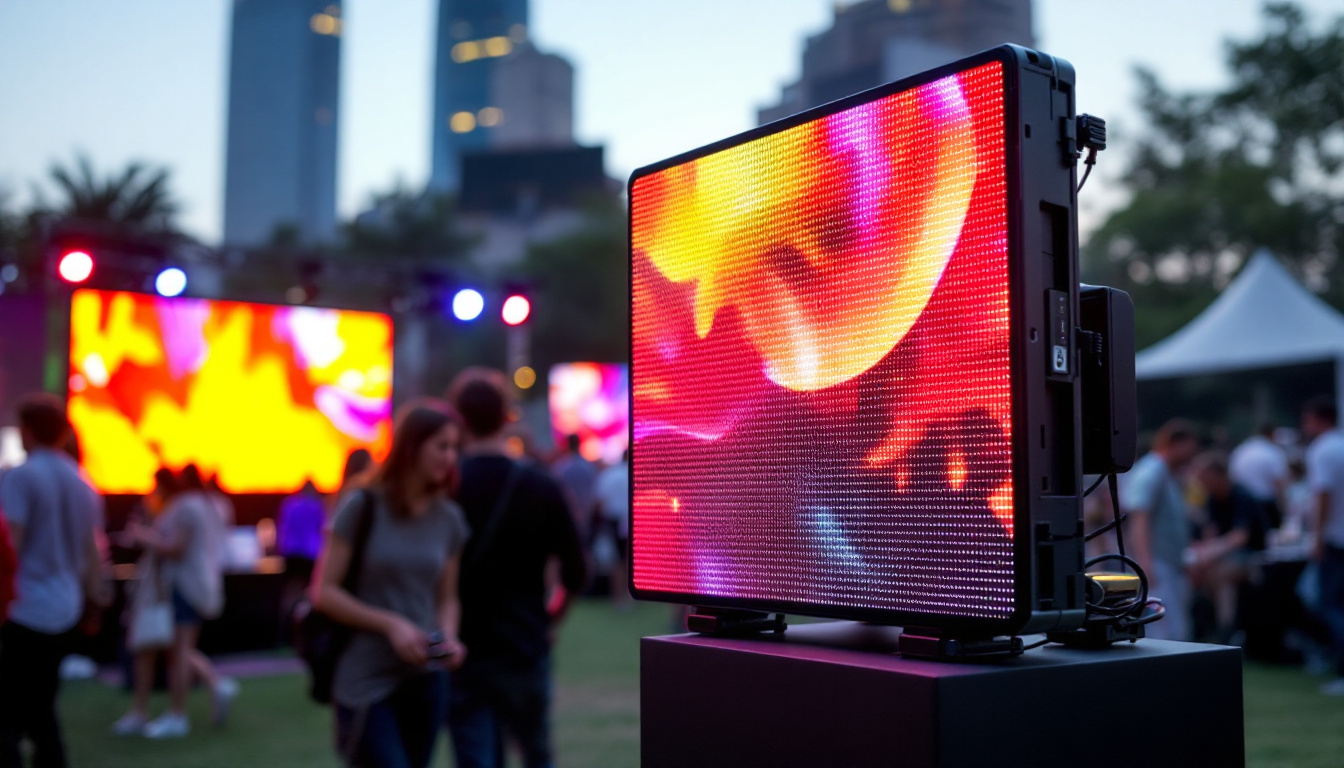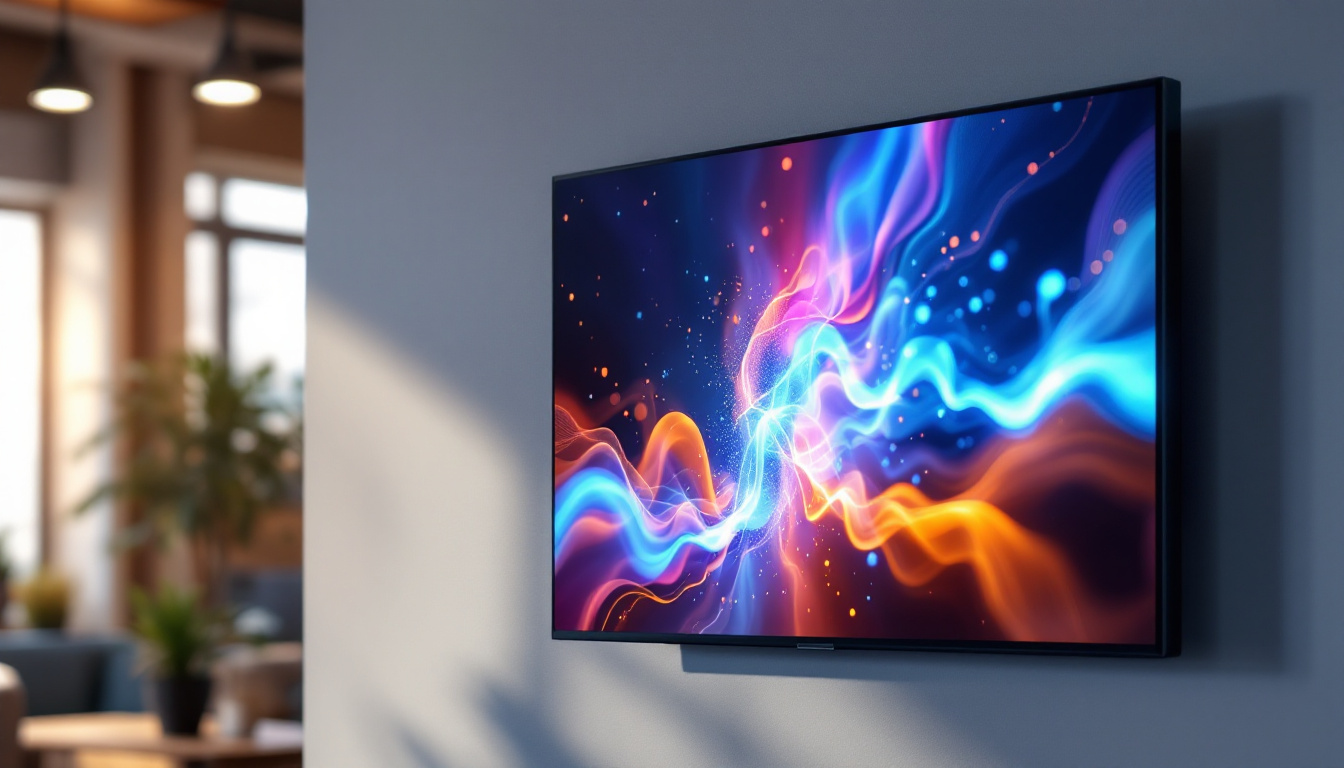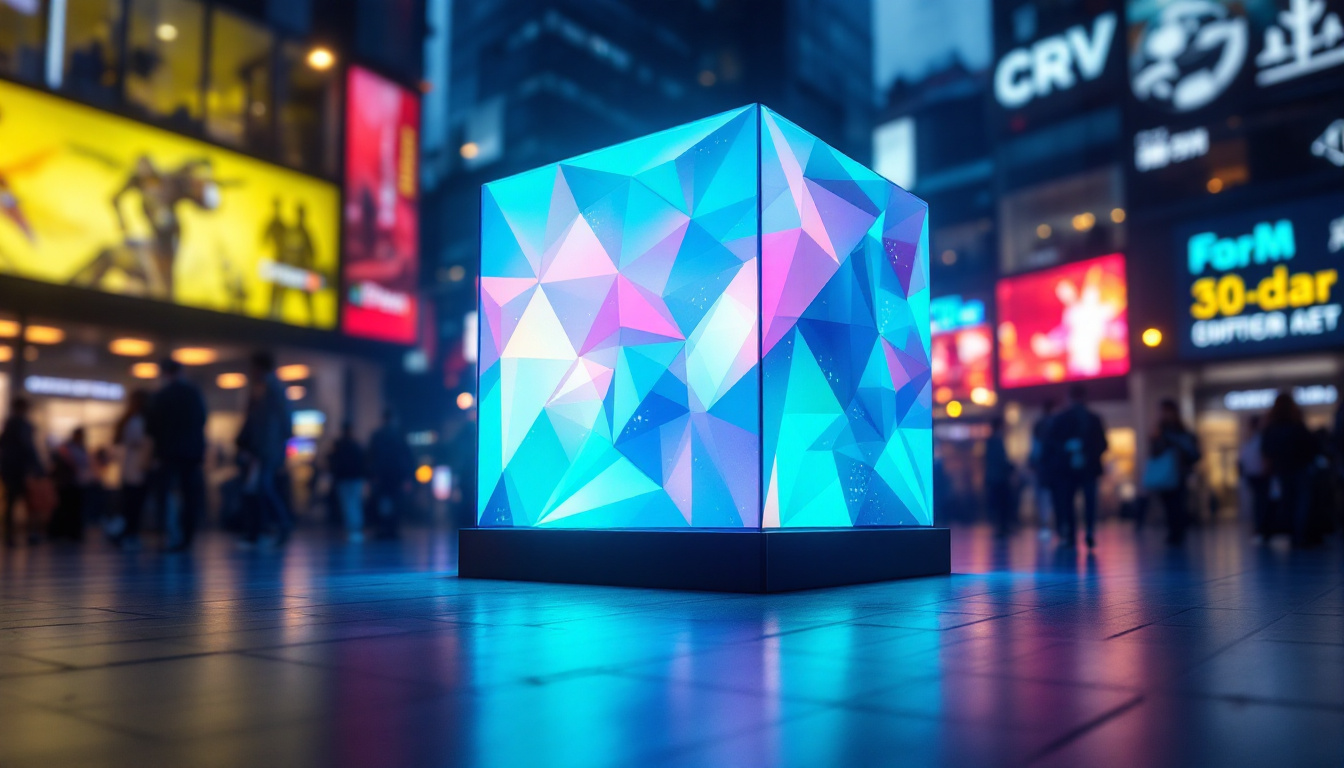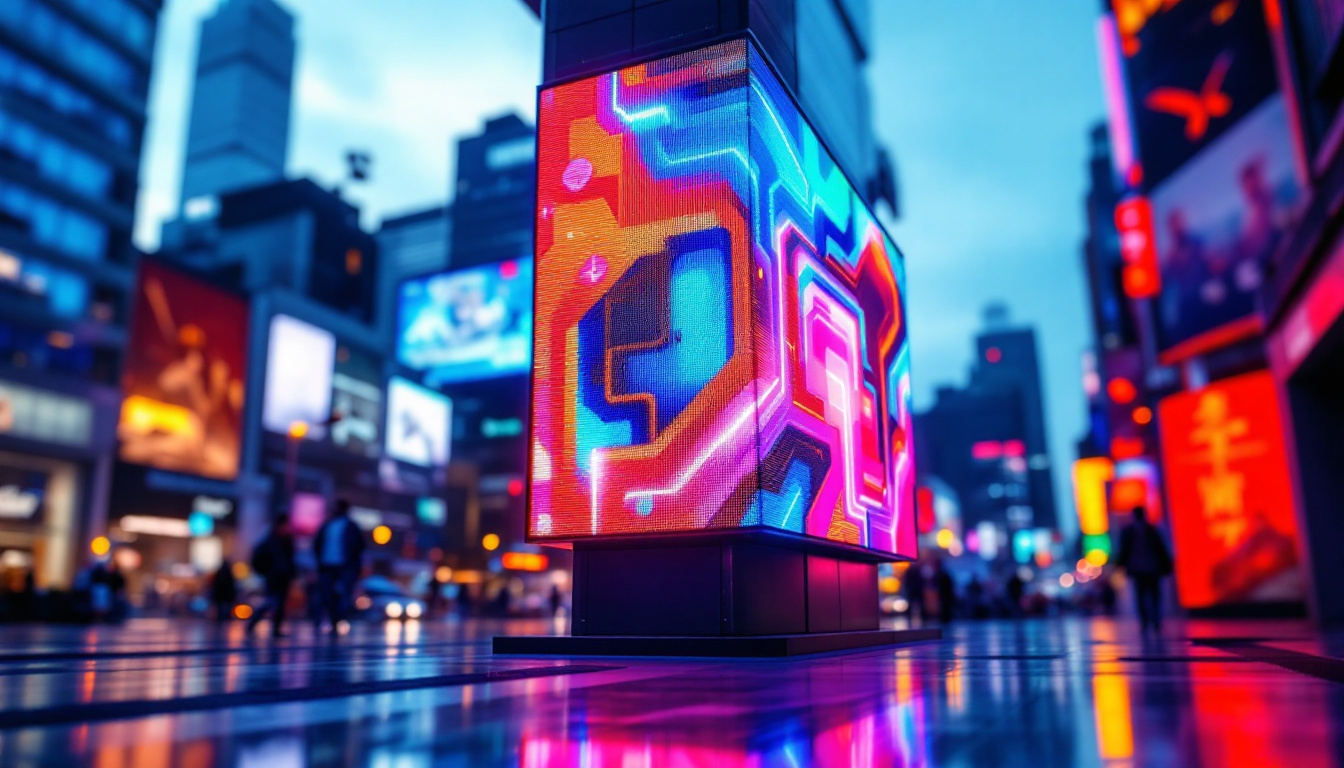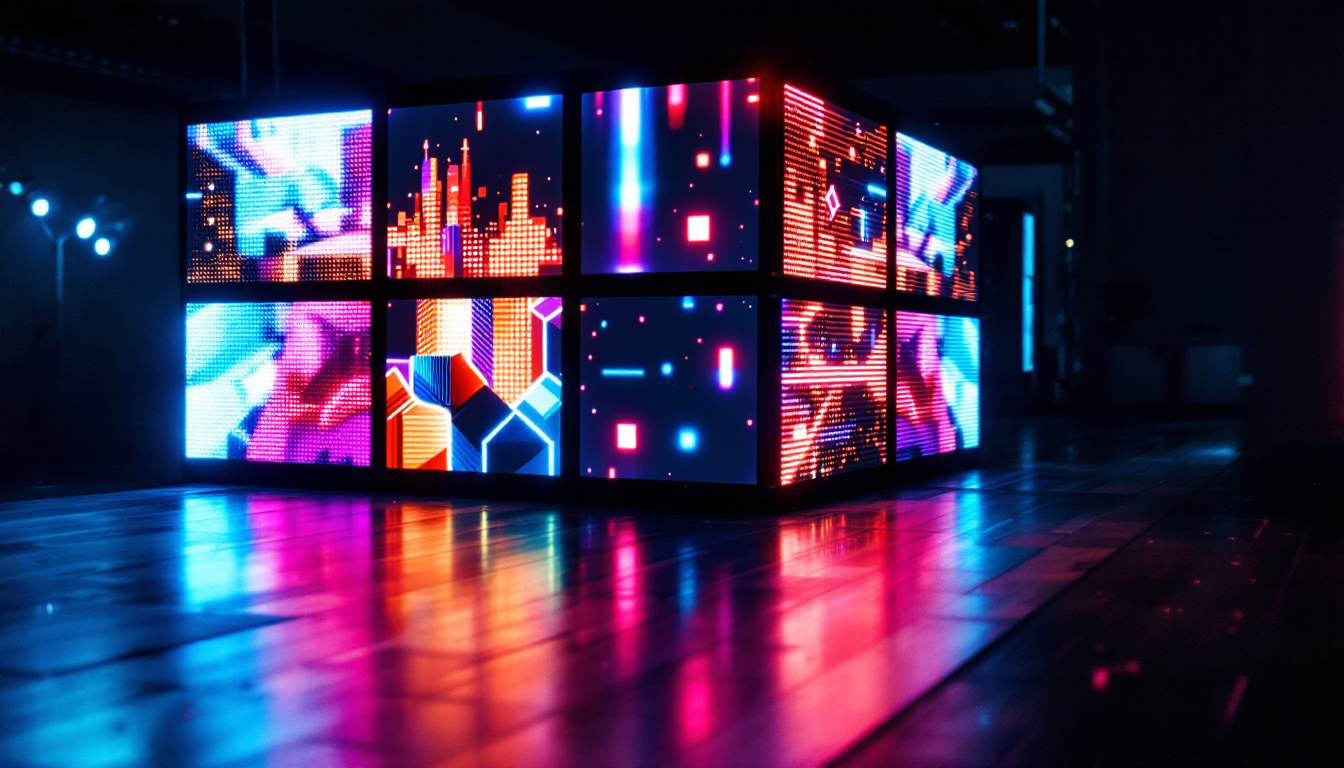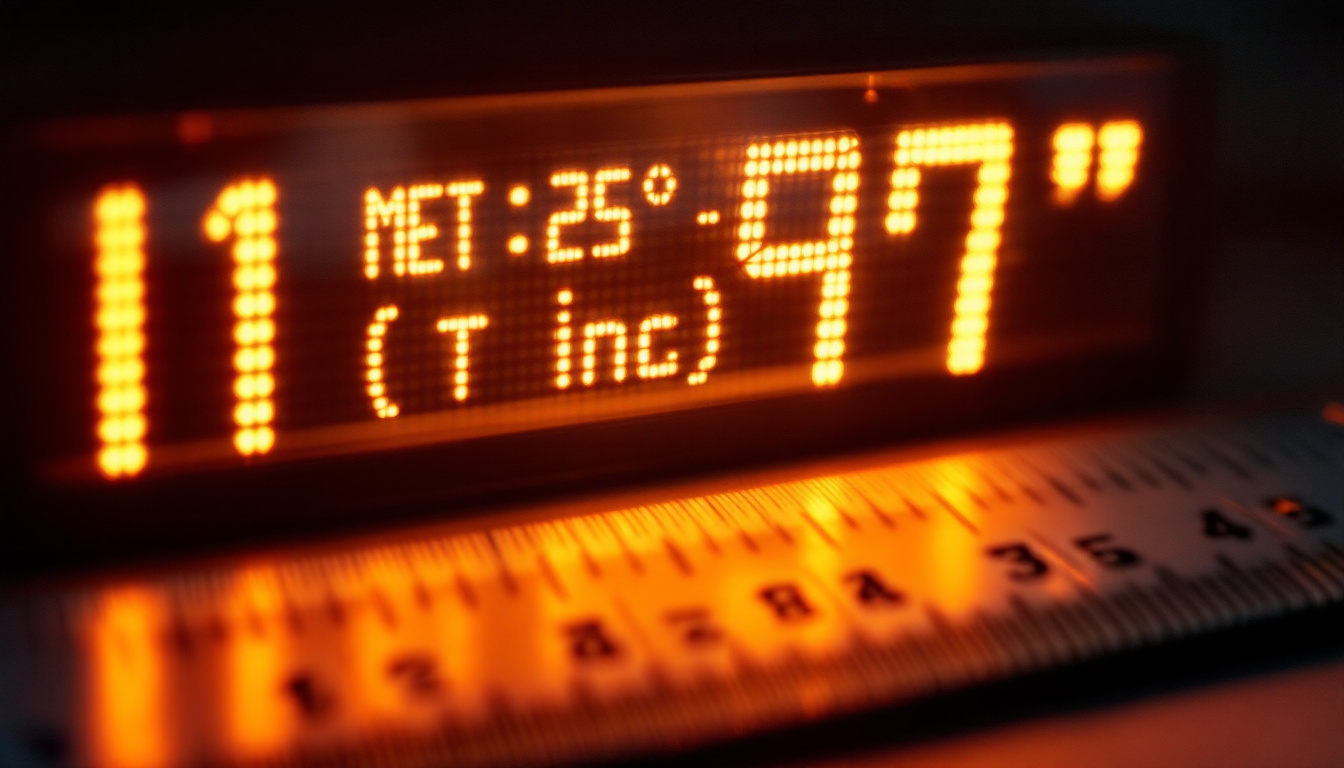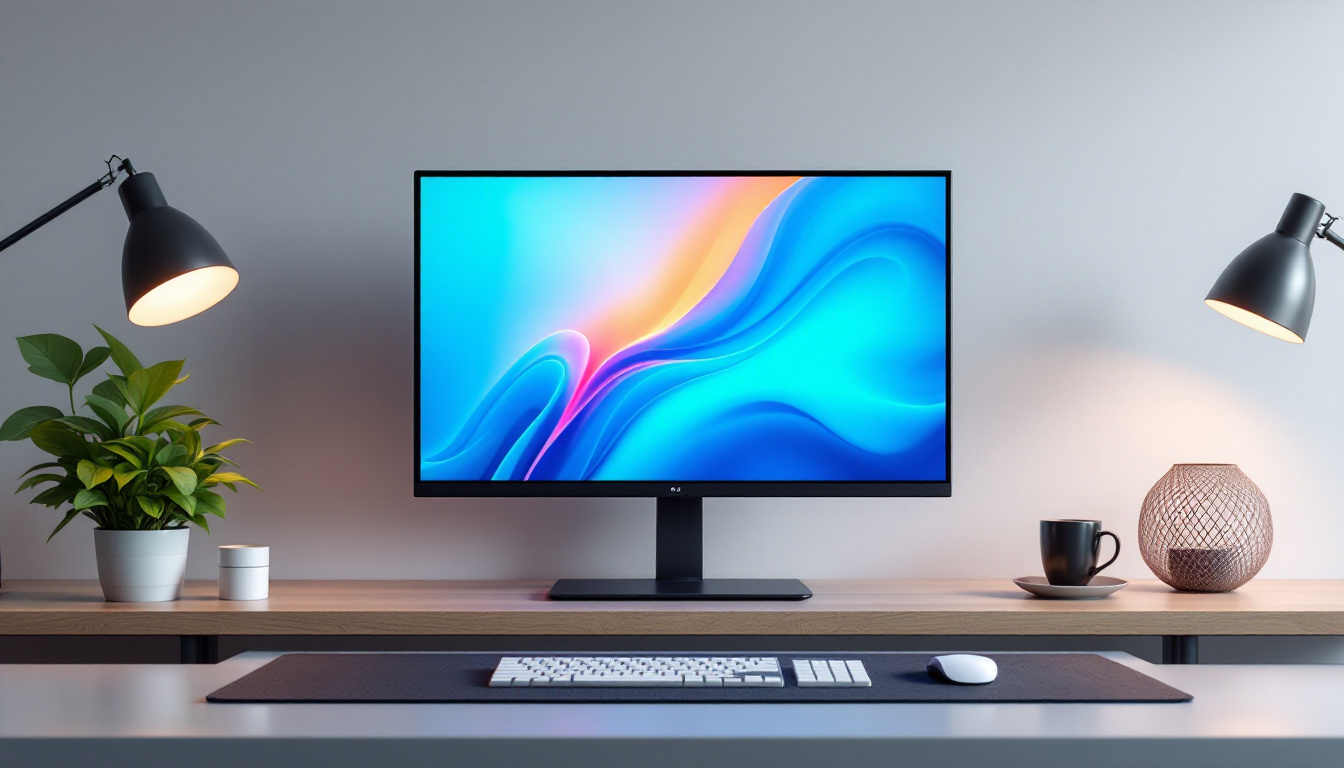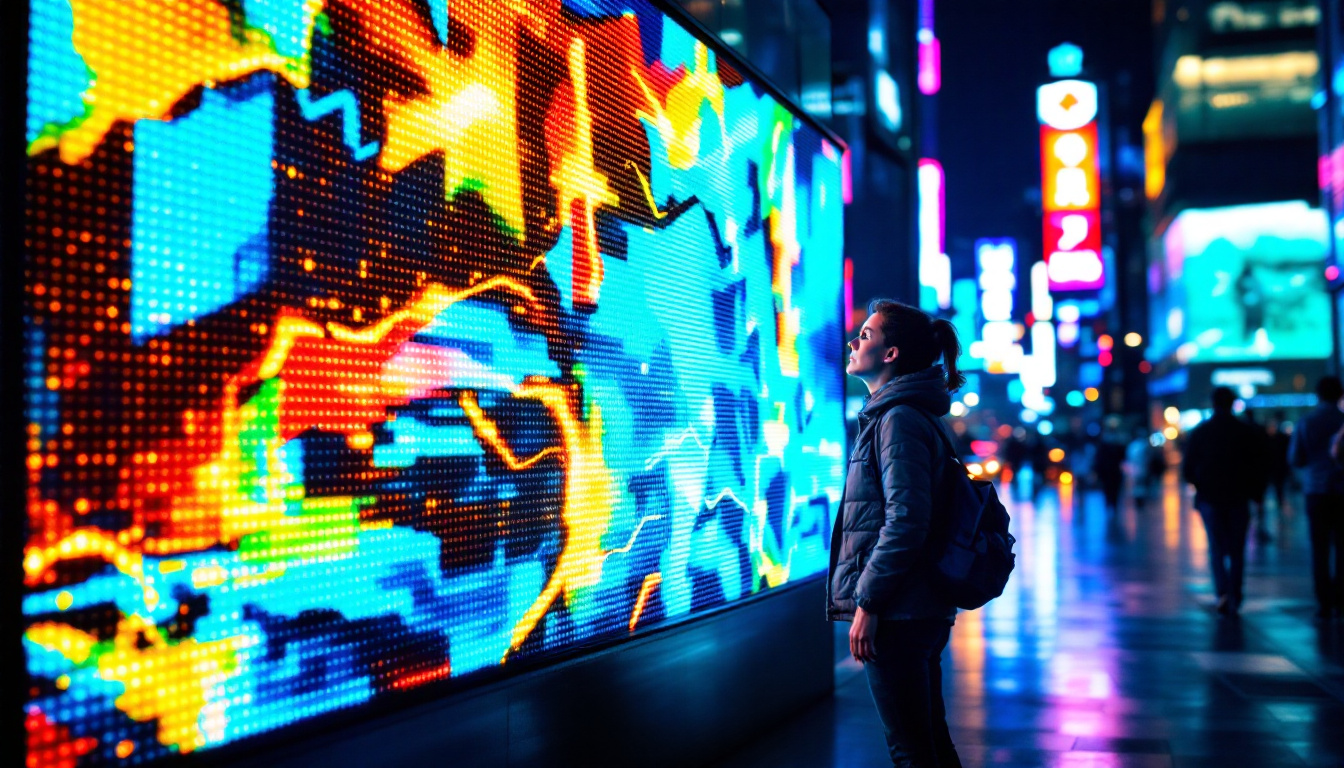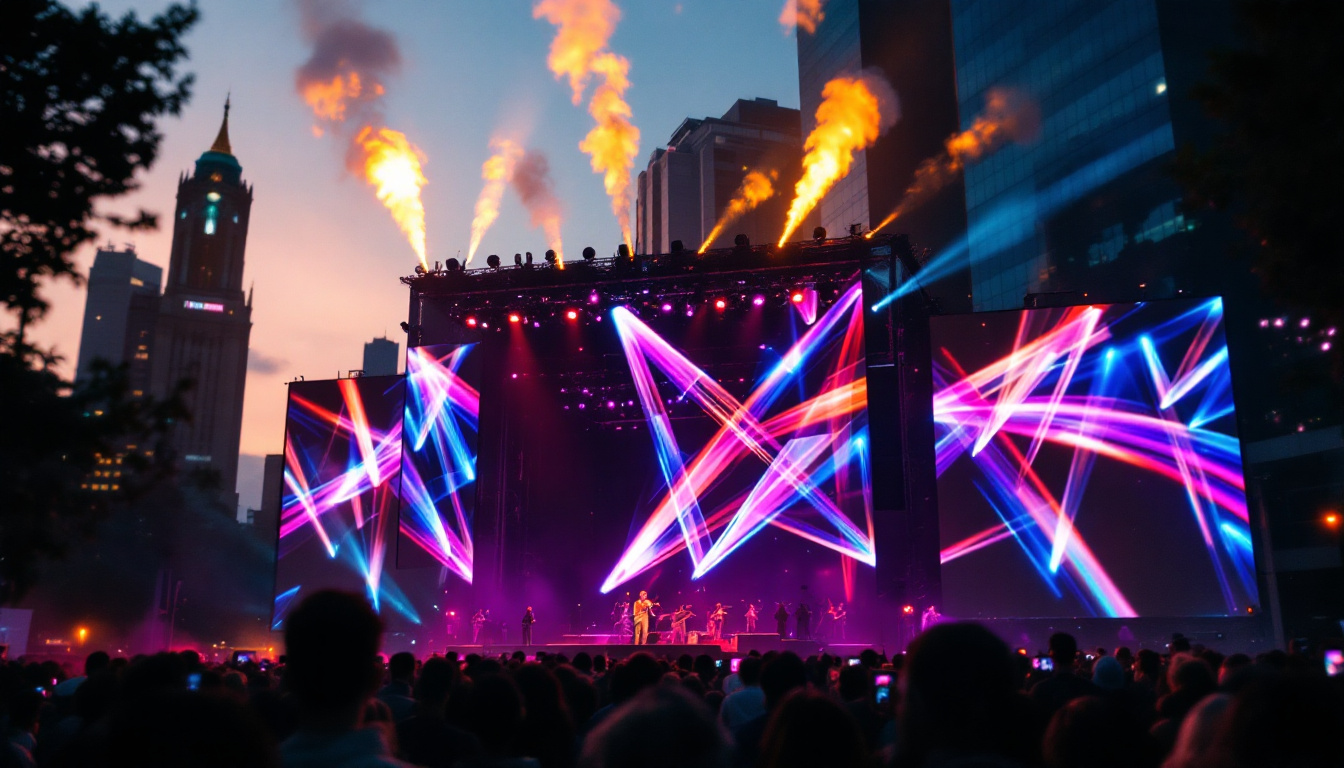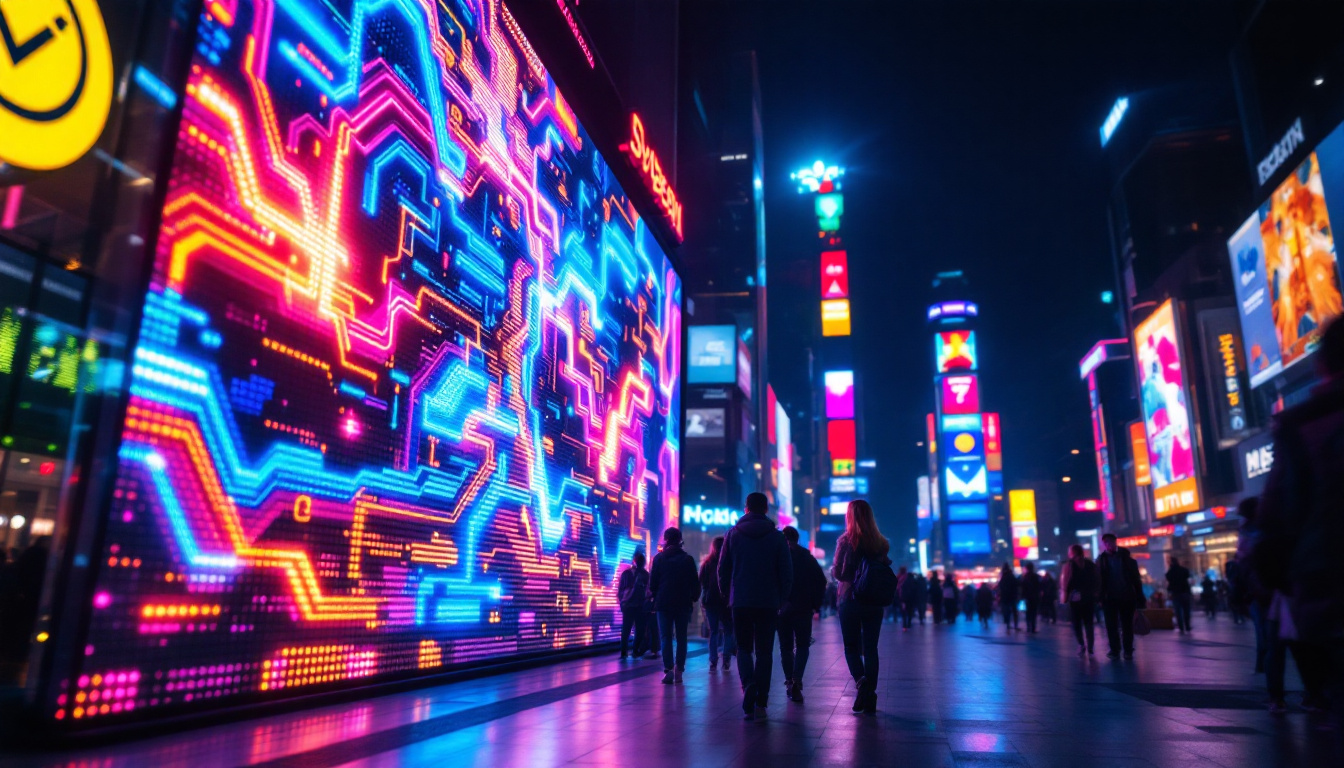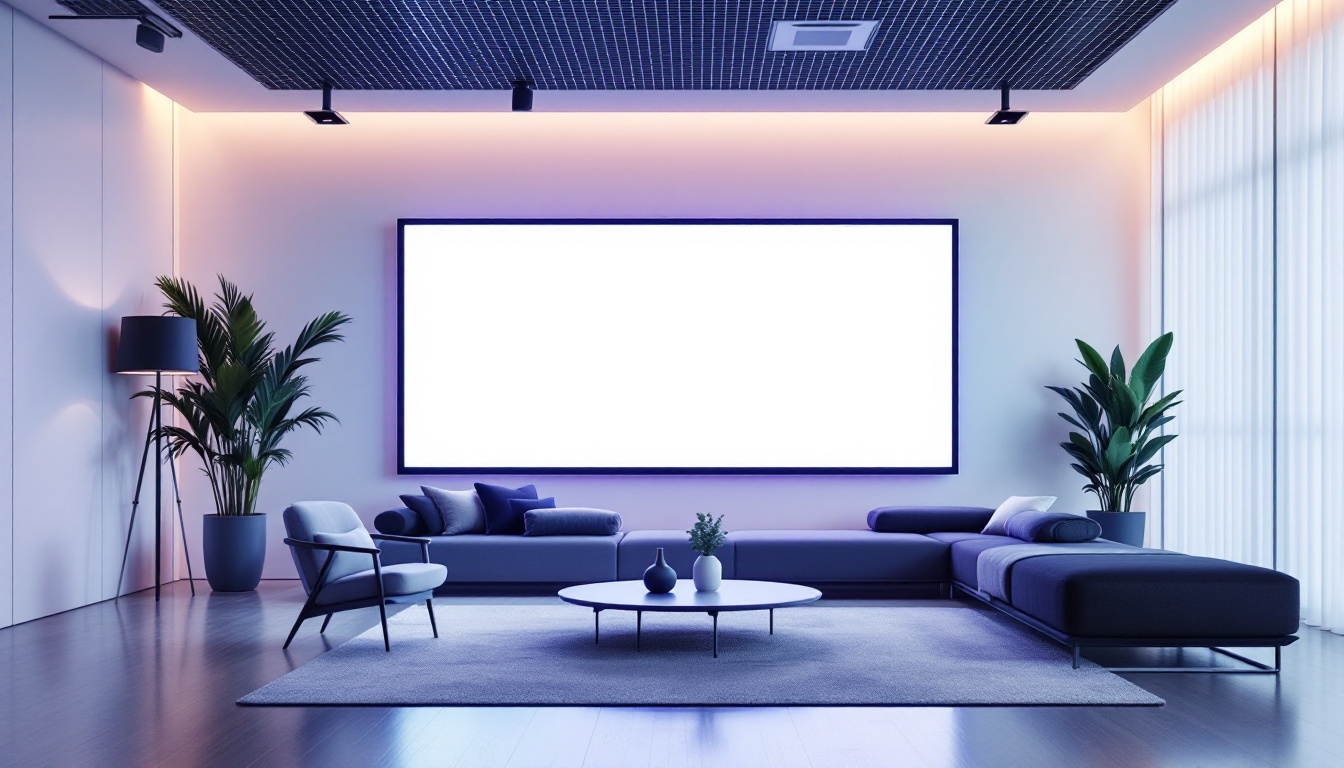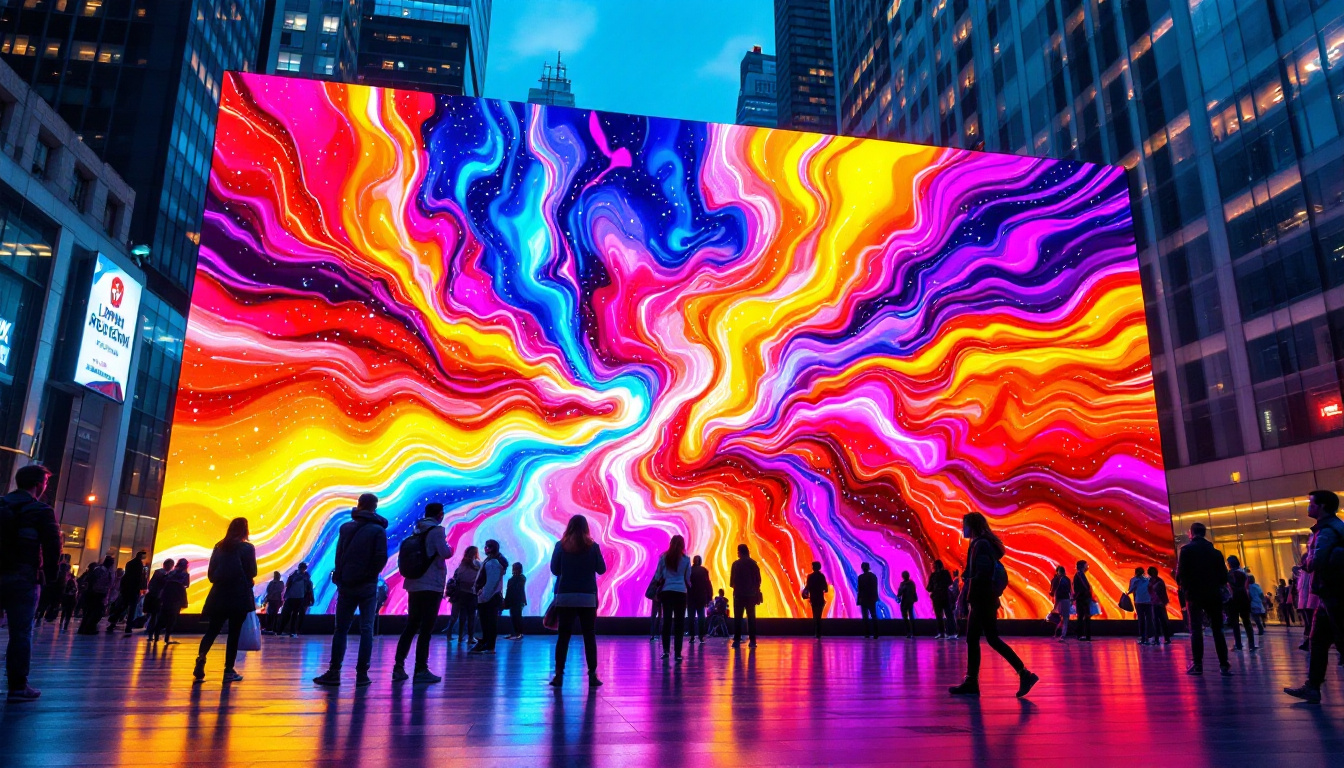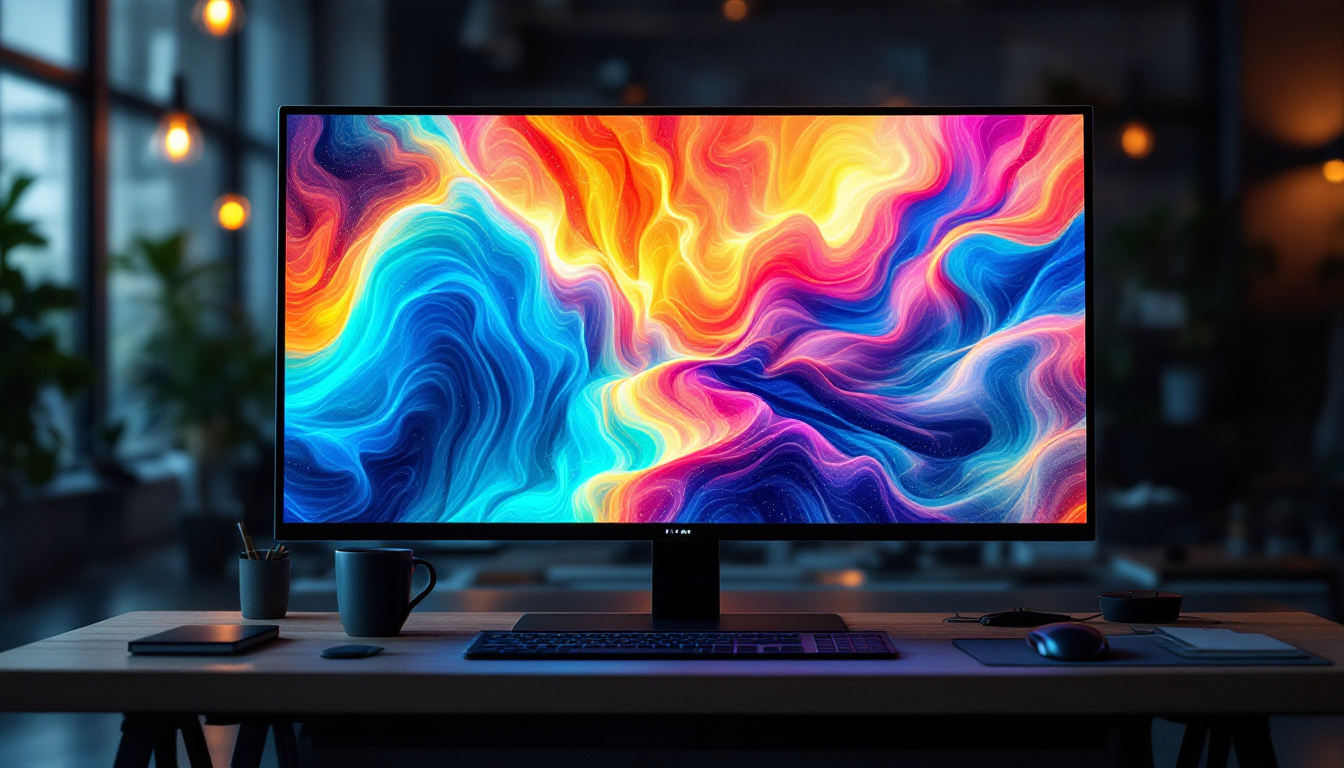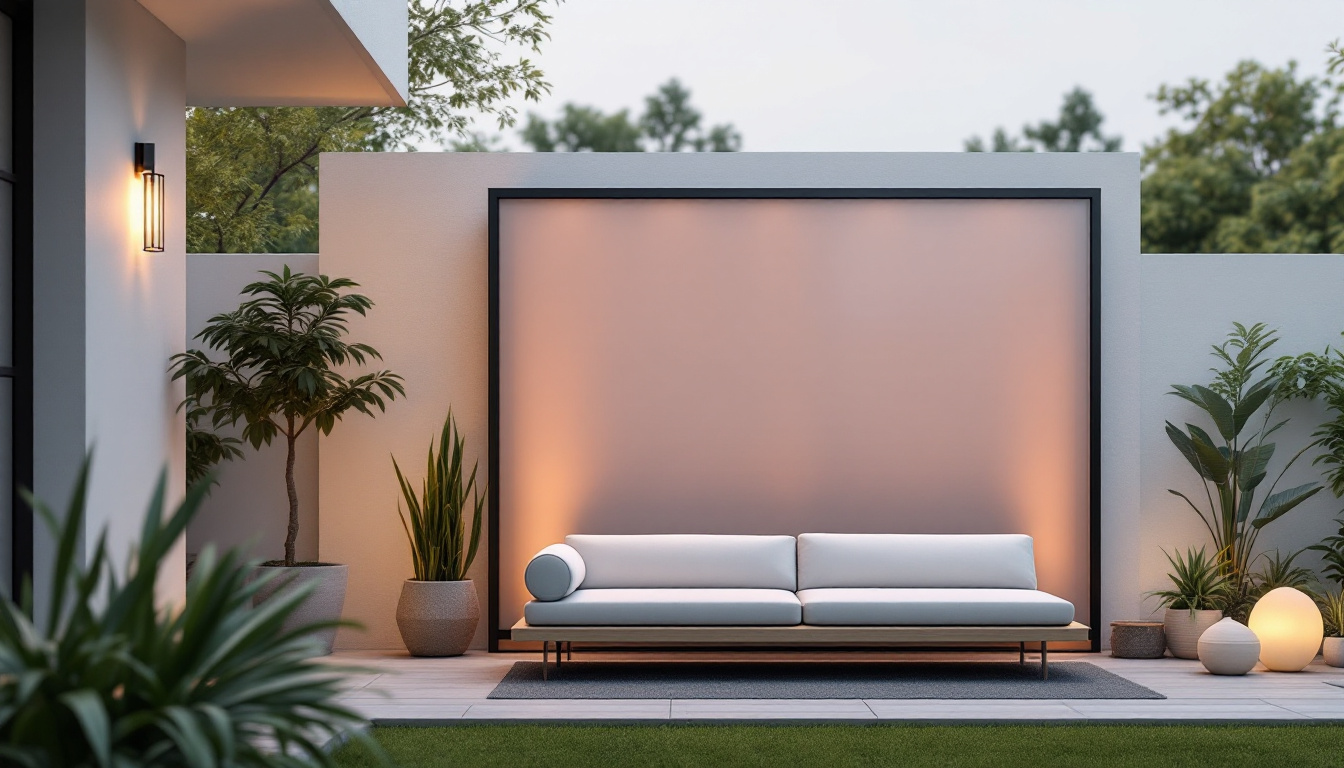In today’s world, where privacy and aesthetics are paramount, the free-standing lattice privacy screen has emerged as a popular solution for both residential and commercial spaces. These structures not only provide a sense of seclusion but can also incorporate modern technology, such as LED displays, to enhance their functionality. This article delves into the intricacies of free-standing lattice privacy screens, particularly focusing on the integration of LED displays, their benefits, and how they can transform spaces.
Understanding Free Standing Lattice Privacy Screens
Free-standing lattice privacy screens are versatile architectural elements designed to create boundaries while allowing for airflow and light. Typically constructed from wood, metal, or synthetic materials, these screens can be customized to fit various design aesthetics.
Design and Functionality
The lattice design serves multiple purposes. Firstly, it provides a visual barrier that can obscure views from outside, creating a more intimate environment. This is particularly beneficial in urban settings where homes are closely packed together. Secondly, the open lattice structure allows for ventilation and natural light, preventing the space from feeling too enclosed. The interplay of light and shadow created by the lattice can also enhance the visual interest of a space, making it feel dynamic and inviting.
Functionality is another key aspect. These screens can be used in gardens, patios, or even as room dividers indoors. Their free-standing nature means they can be moved easily, making them a flexible option for changing needs. For instance, during a summer gathering, a lattice screen can be positioned to create a cozy nook for guests, while in winter, it can be relocated to provide wind protection for outdoor furniture. Additionally, many homeowners choose to adorn these screens with climbing plants or decorative elements, further enhancing their aesthetic appeal and integrating them into the surrounding landscape.
Materials Used in Construction
When it comes to materials, the choice largely depends on the desired aesthetic and durability. Wood is a traditional choice that offers warmth and a natural look, but it requires regular maintenance to prevent weathering. Different types of wood, such as cedar or redwood, can add unique character and resistance to decay, making them popular options for outdoor use. Metal screens, on the other hand, provide a modern touch and are often more durable, requiring less upkeep. Aluminum and wrought iron are common choices, each offering distinct styles that can complement contemporary or classic designs.
Additionally, synthetic materials such as PVC or composite materials are gaining popularity due to their resilience and low maintenance requirements. These materials can mimic the appearance of wood or metal while offering enhanced durability against the elements. Many synthetic options are also available in a variety of colors and finishes, allowing homeowners to achieve a customized look without the drawbacks of traditional materials. Furthermore, some manufacturers are now producing eco-friendly options made from recycled materials, appealing to environmentally conscious consumers looking to enhance their outdoor spaces sustainably.
Incorporating LED Displays
The integration of LED displays into free-standing lattice privacy screens represents a significant advancement in design and functionality. This combination allows for the creation of dynamic, interactive spaces that can serve multiple purposes.
Benefits of LED Displays
LED displays offer a range of benefits when incorporated into lattice screens. One of the most notable advantages is their ability to convey information in real-time. Whether it’s displaying advertisements, event schedules, or simply artistic visuals, LED screens can transform a static privacy screen into a vibrant focal point.
Moreover, LED technology is energy-efficient and can be programmed for various uses. For instance, during the day, the screen can showcase bright, colorful graphics, while at night, it can emit softer, ambient lighting to enhance the atmosphere. This adaptability not only makes the screens visually appealing but also allows for a seamless transition between different functions, catering to the needs of the environment and its users.
Applications in Various Settings
The versatility of free-standing lattice privacy screens with LED displays makes them suitable for various environments. In commercial settings, they can be used in outdoor dining areas to promote specials or events. In residential spaces, they can serve as decorative elements in gardens or patios, providing both privacy and entertainment.
Moreover, these screens can be utilized in public spaces, such as parks or plazas, where they can display community information or art installations, engaging the public in new and innovative ways. Imagine a bustling urban park where families gather; the lattice screens can not only provide a sense of enclosure but also showcase local artists’ work, turning an ordinary day into a cultural experience. Additionally, during festivals or community events, these screens can be programmed to display schedules, maps, or even live feeds, enhancing the overall experience for attendees and fostering a sense of community engagement.
Furthermore, the incorporation of LED displays into lattice screens can also serve as a platform for interactive experiences. For example, in educational settings, schools can utilize these screens to display student projects or host interactive learning sessions, where passersby can engage with the content through touch or motion sensors. This not only enhances the learning environment but also encourages collaboration and creativity among students and the community at large.
Installation Considerations
Installing a free-standing lattice privacy screen with an LED display requires careful planning and consideration. Factors such as location, size, and power supply must be addressed to ensure optimal functionality and aesthetics.
Choosing the Right Location
The location of the screen is crucial. It should be positioned to maximize its effectiveness in providing privacy while also being visible enough to serve its purpose as a display. Consideration should also be given to the surrounding environment, including sunlight exposure and wind direction, which can affect both the screen’s durability and visibility. For instance, placing the screen in an area that receives too much direct sunlight may lead to glare, making the display difficult to read. Conversely, a location that is too shaded may hinder the brightness of the LED, diminishing its impact. Additionally, it’s wise to assess the proximity to foot traffic and seating areas, as this can influence how often the display is viewed and interacted with.
Power Supply and Connectivity
LED displays require a reliable power source. Depending on the size and type of the display, this may involve running electrical lines or utilizing solar panels for a more sustainable option. Additionally, connectivity for content management is essential, especially if the display will be updated frequently. Wireless options can simplify this process, allowing for remote updates and management. It’s also important to consider the type of content that will be displayed; if high-resolution videos or images are part of the plan, ensuring that the bandwidth is sufficient for smooth streaming is vital. Moreover, incorporating backup power solutions, such as battery systems, can safeguard against outages, ensuring that your display remains operational even during unexpected interruptions.
Maintenance and Care
Like any outdoor structure, free-standing lattice privacy screens with LED displays require regular maintenance to ensure longevity and performance. Understanding the specific care needs of both the lattice structure and the LED technology is essential.
Maintaining the Lattice Structure
For wood lattice screens, regular inspections for signs of rot or damage are necessary. Applying weather-resistant finishes can help protect the wood from the elements. Metal screens should be checked for rust or corrosion, particularly at joints and connections. Cleaning the surfaces periodically will also maintain their appearance.
Caring for the LED Display
LED displays typically require less maintenance than traditional screens, but they are not maintenance-free. Regular cleaning of the display surface is essential to ensure visibility, especially in outdoor settings where dust and debris can accumulate. Additionally, software updates and system checks should be performed to ensure optimal performance.
Cost Considerations
Investing in a free-standing lattice privacy screen with an LED display involves several cost factors that should be carefully evaluated. Understanding these costs can help in making informed decisions that align with budgetary constraints.
Initial Investment
The initial cost will vary significantly based on the materials chosen, the size of the screen, and the complexity of the installation. Wood screens may be less expensive upfront, but their long-term maintenance costs should be considered. Metal and synthetic options may have a higher initial cost but can offer savings over time due to their durability.
Operational Costs
Operational costs include electricity for the LED display and any maintenance required. LED technology is generally energy-efficient, which can help to keep electricity costs manageable. However, it is essential to factor in these ongoing expenses when budgeting for the overall project.
Conclusion
Free-standing lattice privacy screens equipped with LED displays represent a harmonious blend of privacy, functionality, and modern technology. They offer an innovative solution for those seeking to enhance their outdoor spaces while maintaining aesthetic appeal. With careful consideration of design, installation, and maintenance, these screens can serve as valuable assets in both residential and commercial environments.
As the demand for privacy solutions continues to grow, the integration of technology like LED displays will likely become more prevalent. This evolution not only meets the needs of privacy and seclusion but also embraces the dynamic nature of modern design. Whether for personal use or commercial applications, free-standing lattice privacy screens with LED displays are poised to redefine how spaces are utilized and experienced.
Discover LumenMatrix LED Display Solutions
Ready to elevate your space with the perfect blend of privacy and cutting-edge technology? LumenMatrix offers a wide array of LED display solutions tailored to your needs. From enhancing your outdoor oasis with a Custom LED Display to capturing the attention of passersby with a vibrant Outdoor LED Wall Display, our products are designed to revolutionize your visual communication. Experience the impact of state-of-the-art LED displays and transform your environment today. Check out LumenMatrix LED Display Solutions and take the first step towards a visually stunning future.

